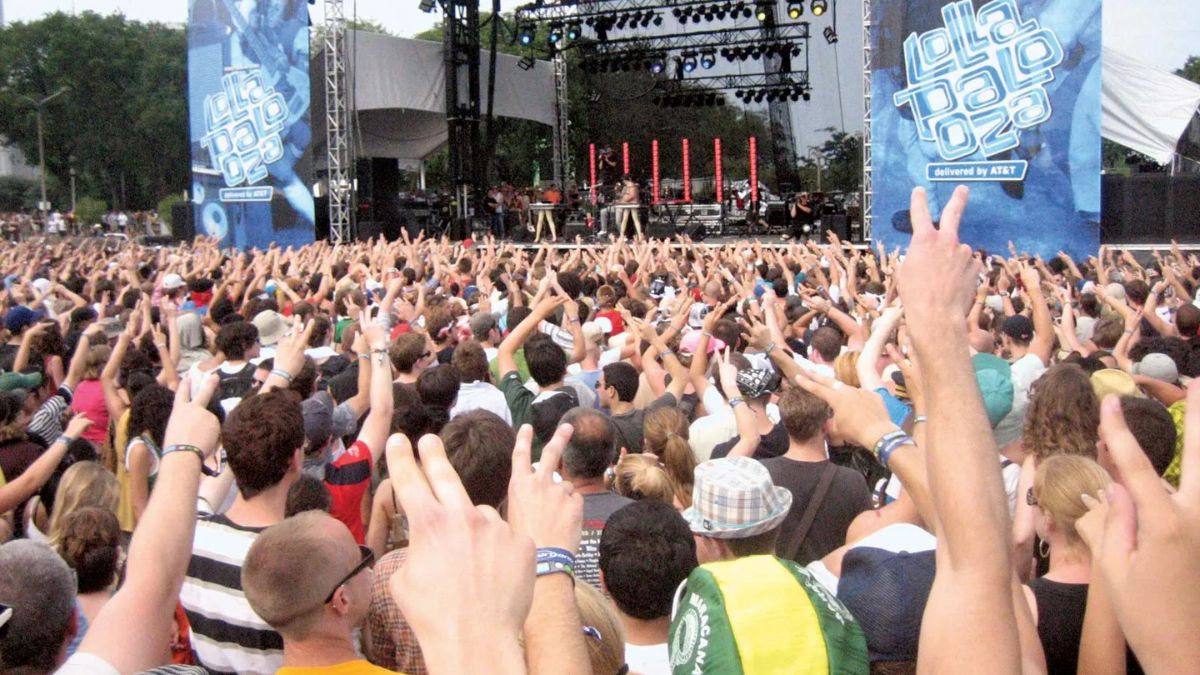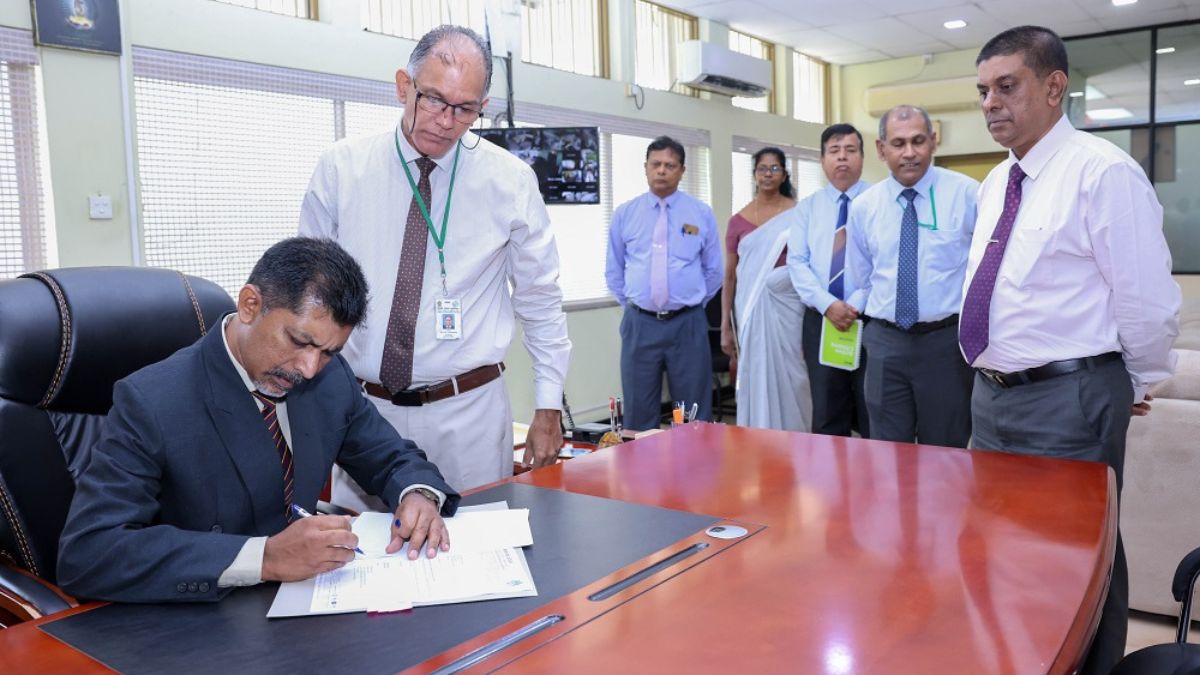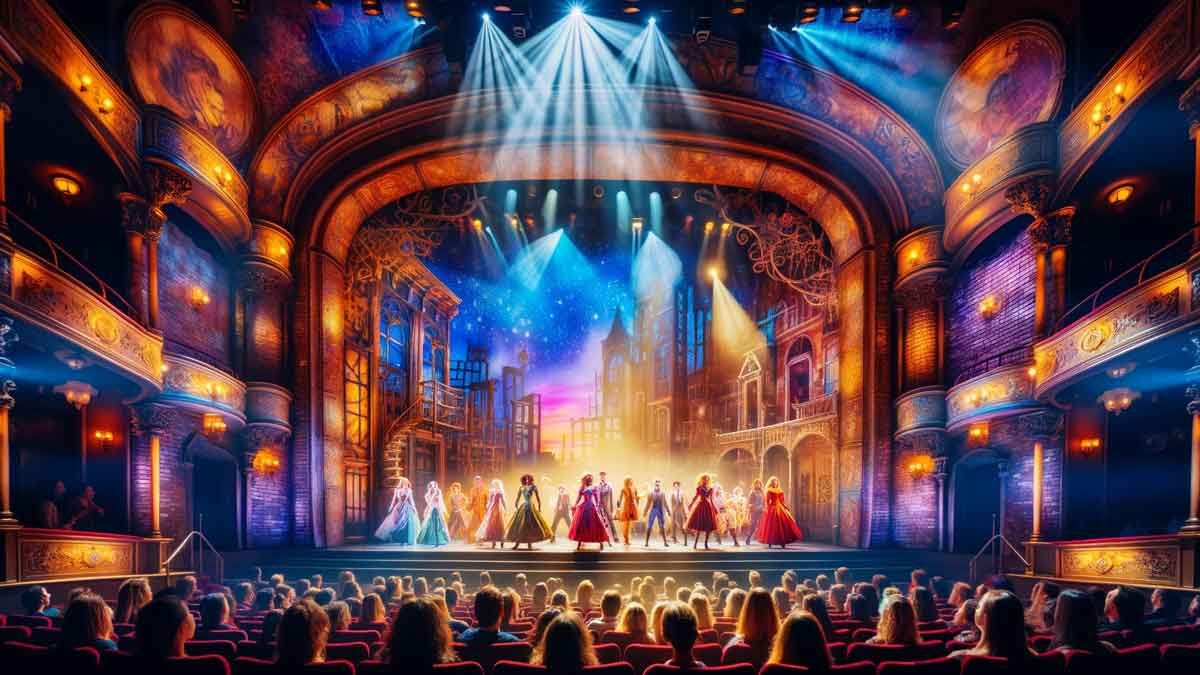Every summer, Grant Park in Chicago transforms into a sprawling musical wonderland that attracts hundreds of thousands of music lovers from around the globe. Lollapalooza has evolved from a touring alternative rock festival into one of the world’s most influential music events, shaping how we experience live music and festival culture itself.
This iconic festival has become far more than just a collection of concerts. It represents a cultural phenomenon that bridges generations, genres, and communities while consistently pushing the boundaries of what a music festival can be. From its rebellious origins to its current status as a must-attend cultural event, Lollapalooza continues to define and redefine the festival experience.
Understanding Lollapalooza’s impact requires examining its journey from counterculture movement to mainstream cultural institution, and how it continues to influence both the music industry and festival culture worldwide.
The Revolutionary Origins of Lollapalooza
Perry Farrell, frontman of Jane’s Addiction, conceived Lollapalooza in 1991 as a farewell tour for his band. The name itself, borrowed from a Three Stooges routine meaning “extraordinary or unusual thing,” perfectly captured the festival’s ambitious spirit from the beginning.
The original touring format was groundbreaking. Unlike traditional concerts that featured a single headliner, Lollapalooza presented multiple stages with diverse acts performing simultaneously. This format encouraged discovery and allowed attendees to curate their own experience rather than following a predetermined path.
Early lineups featured alternative rock pioneers like Nine Inch Nails, Red Hot Chili Peppers, and Soundgarden alongside hip-hop artists and electronic acts. This genre-blending approach challenged music industry conventions and introduced audiences to sounds they might never have encountered otherwise.
From Tour to Destination Festival
After several years as a touring festival, Lollapalooza faced challenges that led to a hiatus in the late 1990s. The festival’s revival came in 2005 when it found its permanent home in Chicago’s Grant Park, transforming from a traveling show into a destination event.
This transition to a fixed location allowed Lollapalooza to expand its scope dramatically. The festival grew from two days to four days, incorporated more stages, and began featuring a wider variety of artistic experiences beyond music. Food vendors, art installations, and interactive experiences became integral parts of the festival atmosphere.
Chicago proved to be the perfect host city. The urban setting provides a unique backdrop that distinguishes Lollapalooza from rural festivals, while the city’s infrastructure supports the massive logistical requirements of hosting hundreds of thousands of visitors.
Musical Diversity Defines the Experience
Lollapalooza’s commitment to musical diversity remains its defining characteristic. Recent lineups have featured everything from indie rock and electronic dance music to country, rap, and international artists representing sounds from every continent.
This diversity creates a unique festival environment where fans of different genres intersect and discover new music. A teenager attending for the electronic acts might discover their new favorite indie band, while parents accompanying their children often find themselves drawn to artists they’d never heard of before.
The festival’s booking strategy reflects broader changes in how people consume music. Streaming platforms have made musical exploration easier than ever, and Lollapalooza’s diverse lineups mirror the eclectic playlists that define modern music listening habits.
Beyond Music: The Complete Festival Experience
Modern Lollapalooza extends far beyond musical performances to create immersive experiences that engage all the senses. Food vendors represent Chicago’s renowned culinary scene alongside options from around the world, turning meals into part of the festival adventure.
Art installations throughout Grant Park provide visual experiences that complement the musical performances. These installations often incorporate interactive elements that encourage festival-goers to engage with art in ways they might not encounter elsewhere.
Sustainability initiatives have become increasingly important to the festival’s identity. Recycling programs, water refill stations, and partnerships with environmental organizations demonstrate how large-scale events can operate responsibly while still delivering extraordinary experiences.
Economic and Cultural Impact
Lollapalooza generates significant economic impact for Chicago, bringing millions of dollars in revenue to local businesses and supporting thousands of jobs. Hotels, restaurants, transportation services, and retail establishments all benefit from the influx of visitors during festival weekend.
The festival’s cultural impact extends beyond economics. Lollapalooza has helped establish Chicago as a major destination for live music, contributing to the city’s reputation as a cultural hub that rivals New York and Los Angeles.
Local and emerging artists benefit from exposure opportunities that can launch careers. Many musicians credit their Lollapalooza appearances with reaching new audiences and achieving breakthrough moments in their artistic development.
Global Expansion and Influence
Lollapalooza’s success in Chicago led to international expansion, with versions of the festival now taking place in cities around the world. Each international festival maintains the core Lollapalooza identity while incorporating local musical traditions and cultural elements.
This global expansion has created a network of festivals that share booking resources, allowing artists to tour multiple Lollapalooza events and giving festival-goers consistent quality experiences regardless of location. The brand has become synonymous with musical discovery and cultural celebration worldwide.
Technology and Modern Festival Innovation
Lollapalooza has embraced technology to enhance the festival experience while maintaining its focus on authentic musical moments. Mobile apps help attendees navigate the massive event, discover new artists, and share experiences with friends both at the festival and around the world.
Live streaming and social media integration allow the festival to reach global audiences who cannot attend in person. These digital extensions of the festival experience help maintain year-round engagement with the Lollapalooza community.
RFID wristbands and cashless payment systems streamline operations while providing valuable data about attendee behavior and preferences. This information helps organizers improve future events and tailor experiences to audience interests.
The Future of Festival Culture
Lollapalooza continues to evolve and adapt to changing musical landscapes and audience expectations. Post-pandemic safety considerations have led to innovations in crowd management, health protocols, and flexible ticketing options that other festivals have adopted.
Climate change awareness has prompted increased focus on sustainability measures, from renewable energy sources to carbon offset programs. These initiatives position Lollapalooza as a leader in responsible event production.
The festival’s influence on emerging artists and music industry trends ensures its continued relevance in shaping how we experience live music. New technologies, changing demographics, and evolving musical genres all find expression within the Lollapalooza framework.
Creating Lasting Musical Memories
Lollapalooza’s enduring appeal lies in its ability to create transformative experiences that extend far beyond the festival weekend. The memories formed during those four days in Grant Park become part of attendees’ personal soundtracks, connecting specific songs and artists to moments of joy, discovery, and community.
For many music lovers, Lollapalooza represents more than entertainment—it’s an annual pilgrimage that celebrates the power of music to bring people together. As the festival continues to evolve and expand its influence, it maintains the spirit of musical discovery and cultural celebration that made it revolutionary from the very beginning.
The festival’s legacy lies not just in the legendary performances it has hosted, but in its demonstration that music festivals can be forces for cultural connection, artistic discovery, and community building on a massive scale.











